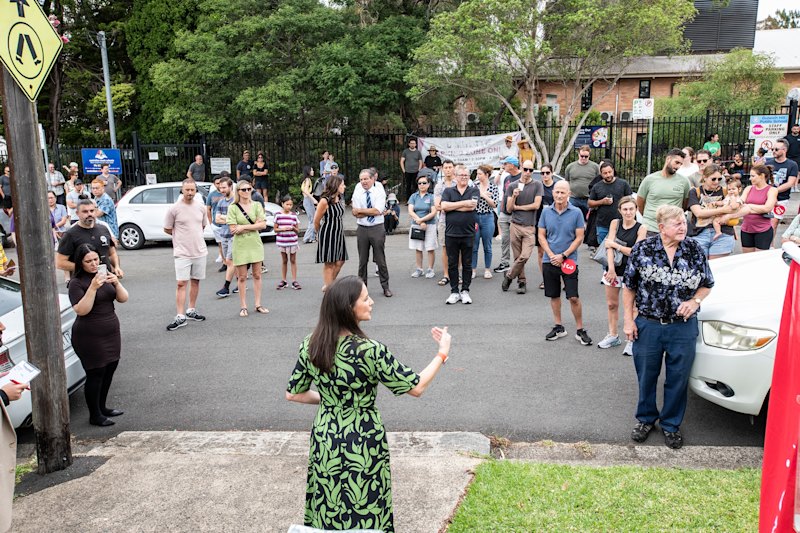The important role architecture plays in inner-city suburbs
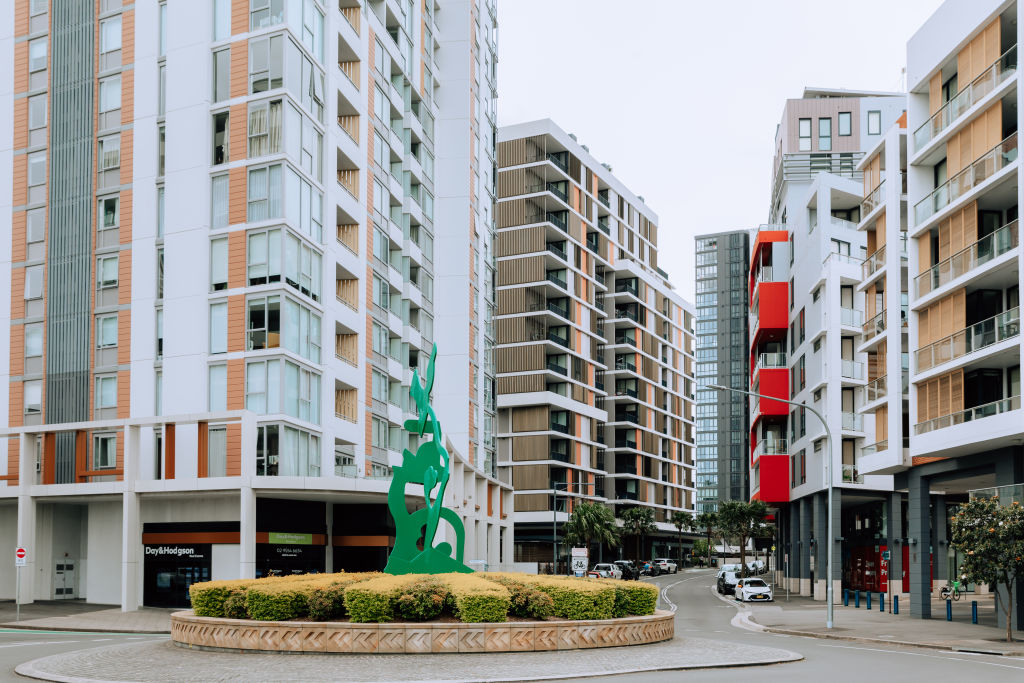
From eye-popping angles to gentle curves, the very nature of architecture can shape the look and feel of inner-city suburbs.
Architects have made their mark on neighbourhoods around the world in ways that are uniquely identifiable.
In France, the art nouveau movement was steered by Hector Guimard, who was famed for his curvy buildings with decorative ironwork. The French architect designed the Castel Beranger, the first art nouveau apartment building in Paris, in 1899.
The sunny streets of Palm Springs in the US are lined with modernist homes, many influenced by the Kaufmann House. Designed by Austrian-born architect Richard Neutra, the 1940s house set the bar for desert luxe with its flat roof and stone walls.
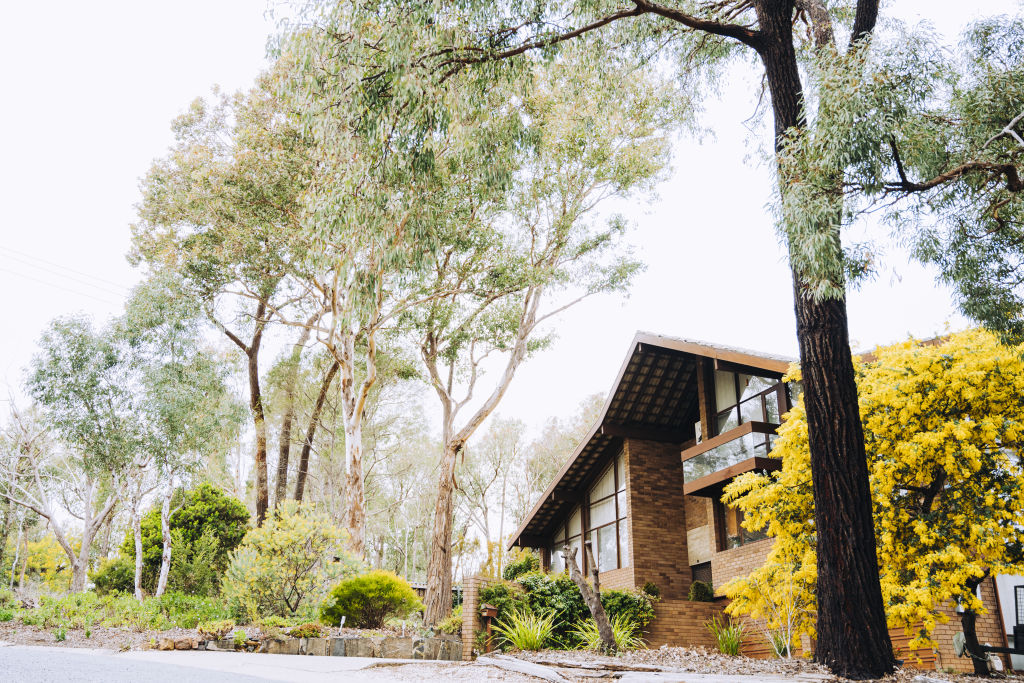
And in London, the brutalist style of architecture wielded massive influence across the residential landscape during the 1950s and 1960s. One of the best examples is the Alexandra and Ainsworth Estate in the borough of Camden by modernist architect Neave Brown.
More locally, the mid-century modernist designs of Robin Boyd have influenced Australian homes for decades. His simple yet cleverly designed residences connected indoor and outdoor spaces, and opened interior spaces with a practical flow.
In much the same tradition comes ALBA — a new address for Green Square in Sydney’s inner south.
The residential and retail project is being developed by Bridgehill, which has already completed two other builds in the Green Square precinct: Jade and UNO.
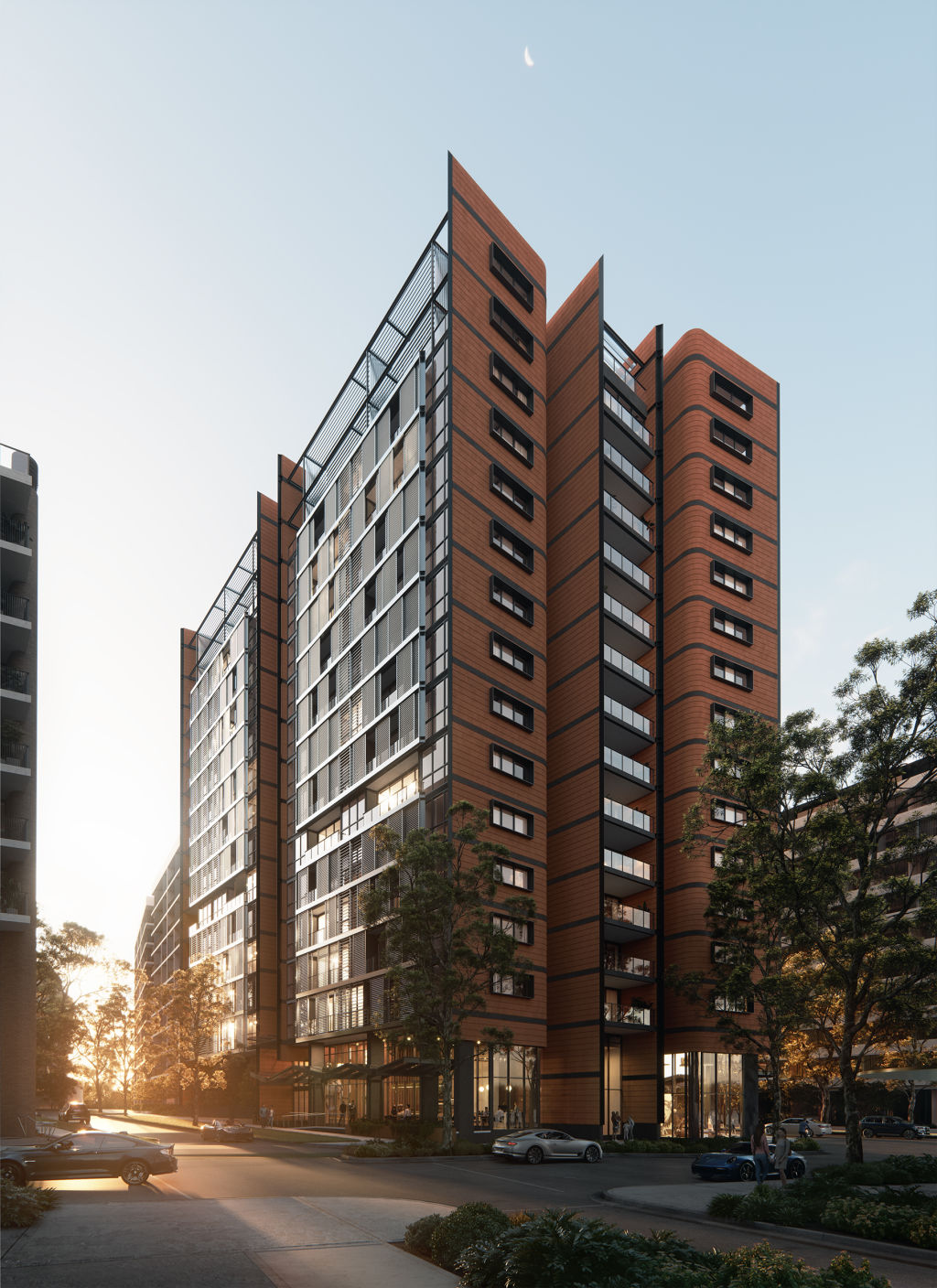
The vision of architects at McNally and Sissons, ALBA forms part of the area’s transformation from an industrial heartland to a vibrant urban locale.
“A lot of what Bridgehill has done is try to inherit a lot of the past into the project through the design of the building,” says Daniel McMahon, director of residential at Colliers.
“Not just architectural design, but also the exterior design elements such as the textured terracotta masonry forming the brickwork, that [carry] on from the industrial past of the site.”
Innovative interior design has created what is arguably the biggest point of difference at ALBA.
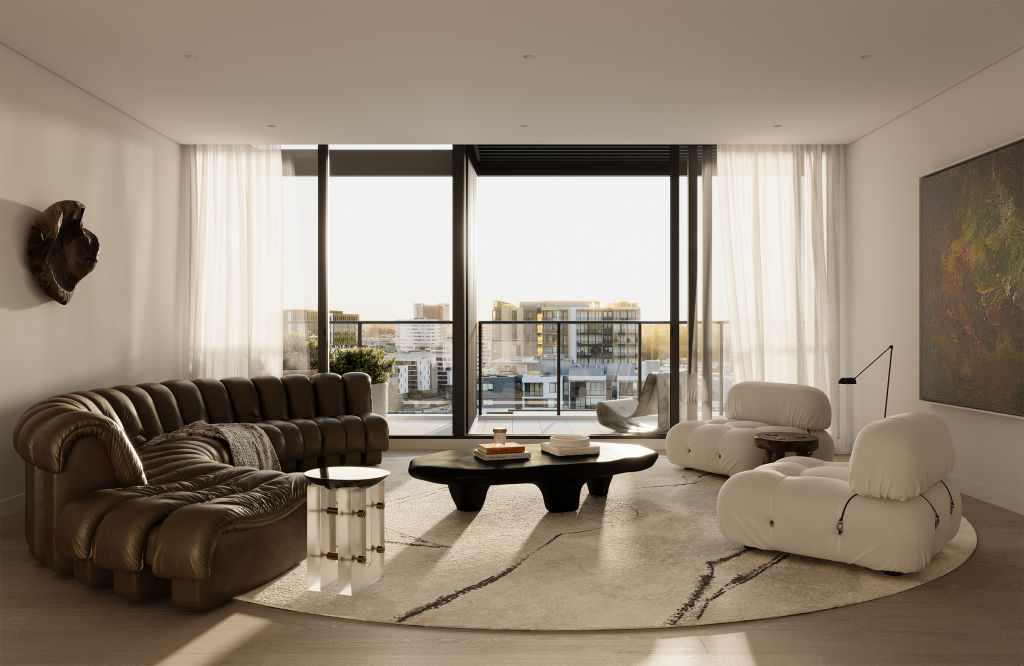
“Some of the rooms have adjustable doors — glass doors that you can open up during the day if you want to open up your living space,” McMahon explains. “Once you want to go to bed, you can close the doors and pull the blind down and you’ve got a self-contained one-bedroom apartment.”
ALBA’s contribution to the regeneration of Green Square is proof of architecture’s influential powers when it comes to creating urban identity. Once completed in 2024, the development will be in the centre of a gentrified area teeming with cafes, galleries and parks.
A building’s ability to encourage local activity is key to establishing a sense of local identity, says Chris Stanley, director of architecture and interior design studio Splinter Society.
“Urban identity can be created in many ways, but the most genuine and successful are those that are created through activation, people and diversity,” he says. “Architecture plays a pivotal role in this as it creates the interfaces between public and private.
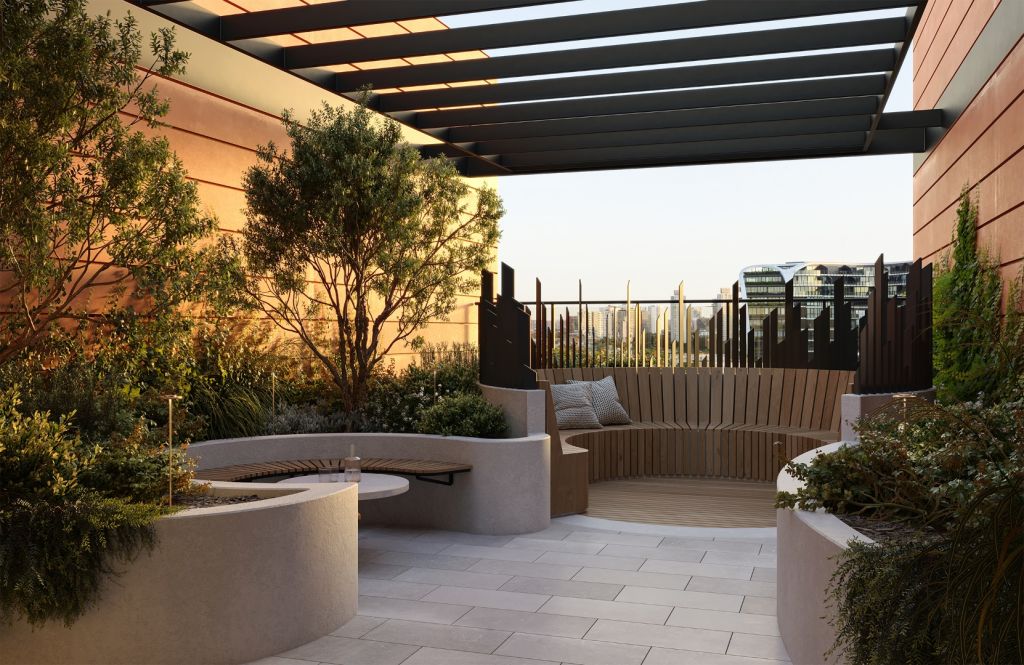
“Places where activity spills onto the street – or architecture that invites you inside; that doesn’t present a closed facade to the street – create a dynamic and interesting urban environment, and through this activity, an urban identity is born.”
Strategic design can also foster a healthy community spirit, Stanley says.
“Places that people can congregate, share in something, or just spend time together, whether it be planned or incidental, enable the development of community,” he says.
“In this sense, design is not so much about aesthetics, it is about designing for activation; designing to encourage use, coming together and enabling interactions.”
We recommend
We thought you might like
States
Capital Cities
Capital Cities - Rentals
Popular Areas
Allhomes
More









